I am in the middle of a new design for which a relatively small amount of logic is needed. This is a change to a previous version in which discrete 3.3V logic parts were used. We decided to go a CPLD route to gain some flexibility and upgradability of the hardware. (An FPGA is part of the design which is supported under Vivado, but a few CPLDs in the XC9500XL family are now being added for multiple purposes, including reliability.)
Looking at the CPLD alternatives from a pure hardware perspective, the XILINX XC9500XL CPLD family seemed the most adequate as it directly supports 3.3V logic, tolerates 5V on its inputs (which we do have to account for in some signals), and has a guaranteed 20yr configuration retention. We went ahead and put together a couple schematics with these parts.
But now, before we commit to a PCB, we decided to examine the software toolchain for these parts and we seem to be hitting against a few problems.
- The new toolchains from XILINX do not support these parts
- The most recent versions of the old toolchains from XILINX do not support these parts.
- You have to go to older versions (pre-2015) that don't even run on modern operating systems.
- That is, the supported ISE version can only be used via a VirtualBox virtual machine running an obsolete version of Oracle Linux 6.4 (the current version is 8.3)
Questions:
Is this path as problematic as it seems to be, or have we overlooked something?
If so, why are these devices still being sold and marketed instead of just being deemed obsolete?
Notes:
The question originally mentioned the XC9500 family which XILINX actually obsoleted in favor of the XC9500XL family, which is the one we are actually using.
A "more modern family" of XILINX CPLDs with a 1.8V core, the CoolRunner II, requires the exact same toolchain.
